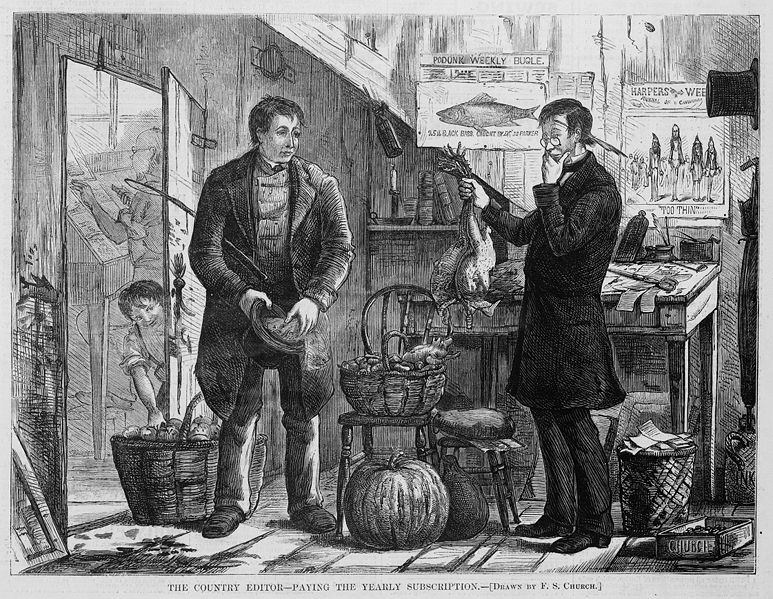Courtesy Lee Adler of the Wall Street Examiner
 While the media was trumpeting a miss on retail sales, the truth, as usual, was somewhat different than the media message. The major media outlets reported that a 0.1% gain missed analysts' consensus estimate of a gain of 0.3% for the month of December. As usual, the report was stated in seasonally adjusted terms, which often has nothing to do with reality. The reality is that retail sales were up by 15.7% month to month, and 6.2% year over year in December.
While the media was trumpeting a miss on retail sales, the truth, as usual, was somewhat different than the media message. The major media outlets reported that a 0.1% gain missed analysts' consensus estimate of a gain of 0.3% for the month of December. As usual, the report was stated in seasonally adjusted terms, which often has nothing to do with reality. The reality is that retail sales were up by 15.7% month to month, and 6.2% year over year in December.
Before you say "Wow," take a deep breath. December is always up big versus November. That's why the economists apply a seasonal adjustment. The problem is that the adjustment may obscure what's really going on. That's why I look at total sales before adjustment and compare that to the month to month change in prior years. The December 2011 increase of 15.6% compares with 16.6% in December 2010 and 18% in December 2009. So it does show some slowing.
It's also important to adjust for changing price levels in order to see just how much of the year to year change is "real". Adjusted for inflation, the real gain in sales was only 2.3%, not 6.2%.
I like to subtract gasoline sales. Gas prices are volatile and gas sales account for nearly 10% of total retail sales. Big changes in gas prices can abnormally skew total sales in a counter trend way, because gas prices act more like a tax. While adding to total sales when gas prices have risen, that actually subtracts from discretionary spending and other retail sales. When gas prices have dropped, that reduces total sales but actually adds to discretionary spending and other retail sales. When gas price changes are small, the impact on overall sales trends isn't material, but large changes in gas price levels over time can create a false impression regarding total retail sales. Today's record level of nominal retail sales is not only a reflection of overall inflation, but is also partly an artifact of much higher gas prices. While total nominal gasoline sales are up by 35% in 5 years, unit sales volume of gasoline is actually down by 3%. The $11 billion per month increase that gasoline sales now add to total retail sales versus 5 years ago creates an illusion, both within the gas sales figure itself, and within total retail sales. By subtracting gas sales from total sales that counter trend influence is removed from the data.
Applying that adjustment to total sales, then adjusting for inflation, the year over year gain in retail sales was 2.4%. That compares with a gain of 2.6% in November. This is not a statistically significant change. Real sales ex gas are trending up at a modest rate. Nothing happened in December to change that one way or the other. The only reason that today's report was "disappointing" is that economists can't forecast accurately.
The impact of inflation and rising gas prices on retail sales can clearly be seen over the period of December 2006 to December 2011. Nominal retail sales have made record highs in each of the past 2 Decembers. Adjusted for inflation and ex gasoline sales, the gains are far more muted. On a nominal basis, retail sales peaked in December 2007. Real sales ex gasoline peaked in December 2006 and trended down until January 2009. They have now recovered to the December 2007 level, but remain below the December 2006 peak by 3.7%. The S&P was down 11.8% over the same time frame.
There is some correlation between the rate of change in retail sales ex gas and stock prices. The current annual growth rate of 2.4% is consistent with a flat to slowly rising stock market. As long as this growth rate indicator stays on the positive side, a bear market in stocks doesn't look likely. However, both the 2010 and 2011 stock market corrections did correspond with a sharp deceleration in this indicator. Both negative and positive divergences between the growth rate of real retail sales ex-gas and stock prices have also given useful signals. In other words, changes in this indicator often lead directional changes in the stock market. This is something to look out for in the months ahead.
Get regular updates on the US housing market, and stay up to date with the machinations of the Fed, Treasury, Primary Dealers and foreign central banks in the US market…stay ahead of the herd. Click this link to try WSE’s Professional Edition risk free for 30 days!




